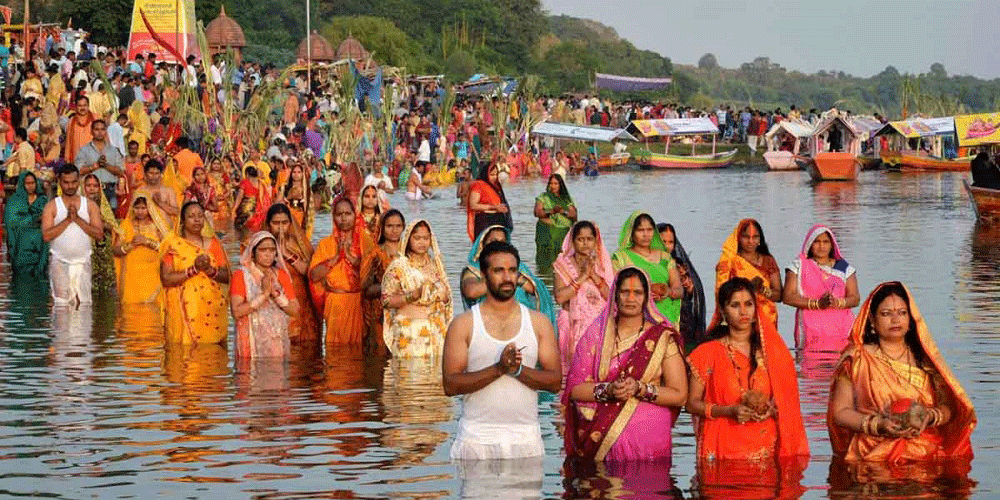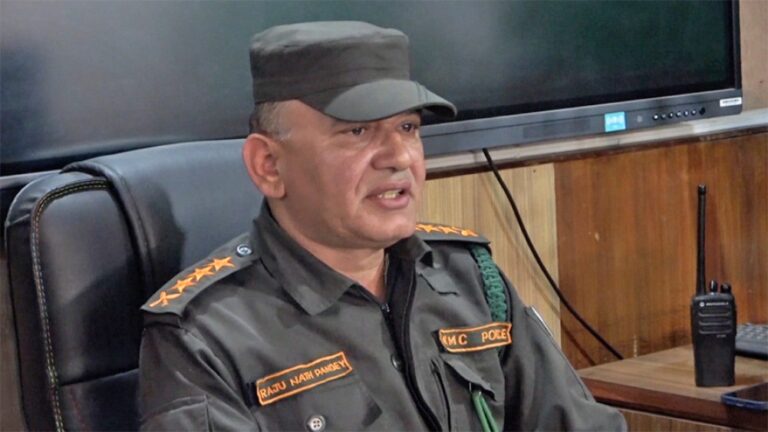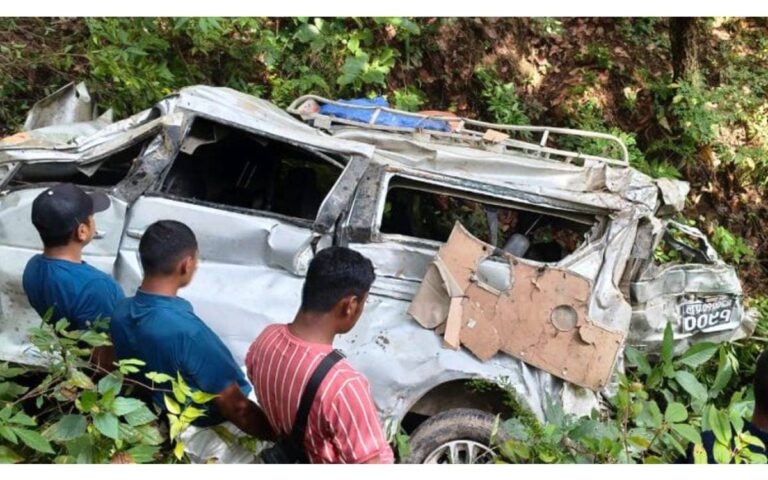
The main day of the Chhath festival is being celebrated with great devotion and enthusiasm today by worshipping and offering prayers to the Sun God. The festival is observed with special grandeur in all districts of the Terai-Madhesh region as well as in various places including Kathmandu. The government has declared a public holiday today on the occasion of Chhath.
Devotees observe a strict fast today, abstaining even from water. In the evening, they visit nearby ponds, lakes, wells, rivers, and other water sources to offer prayers to the setting sun. Offerings prepared for the Sun God are taken to the riverbanks or ponds and presented by immersing them in water. For the morning offering (Argha), some devotees stand in water throughout the night until sunrise, while others complete their rituals after offering Prasad.
All night, devotional songs and cultural performances are held at the banks of water sources. The ghats (ritual sites) are beautifully decorated. During Chhath, devotees worship Goddess Shashthi (Chhathi Maiya) and pray for the well-being of their sons, husbands, and families. It is believed that wishes made during Chhath fasting are fulfilled, and many believe that the fast also cures skin diseases. Some devotees roll on the ground from their homes to the riverbanks as a form of devotion, while others make clay elephants, light lamps, or dance as offerings after their wishes are fulfilled.
Though primarily celebrated in the Terai region, Chhath has now spread to other parts of the country as well. This great festival, which promotes truth, non-violence, and compassion for all living beings, is celebrated for four days. The fasting men and women begin their rituals from Panchami with a holy bath, preparing rice pudding (kheer) with milk, rice, and sugar as Prasad in the evening.
Starting from Kartik Shukla Chaturdashi, Chhath is celebrated by worshipping the setting and rising sun with great purity, devotion, and discipline. The festival is observed twice a year, in Chaitra and Kartik. It is believed that performing the rituals with full faith removes suffering and brings prosperity.
Traditional items such as bamboo baskets (dakhi), bamboo trays (nanglo), earthen lamps, sugarcane, bananas, turmeric, ginger, lemons, radish, coconut, betel leaves, areca nuts, clay pots, and new clothes for new devotees are used during the rituals and for decorating the ghats.
Before the earthquake, Chhath used to be grandly celebrated at Rani Pokhari in Kathmandu. However, in recent years, devotees have started gathering at sites like Gaurighat, Kamal Pokhari, Bishnumati riverbanks, Nakkhu, Gahana Pokhari, Kupondole, and other ponds and rivers to celebrate. The festival is believed to bring religious harmony, family happiness, and prosperity.
According to the Surya Purana, Chhath fasting was first observed by Anusuya, the wife of sage Atri. As a result, she received eternal good fortune and the love of her husband. Since then, the tradition of celebrating Chhath began. It is believed that fasting during Chhath helps overcome sorrow and poverty. Those who are unable to fast receive blessings by praying through someone who performs the Chhath fast.




